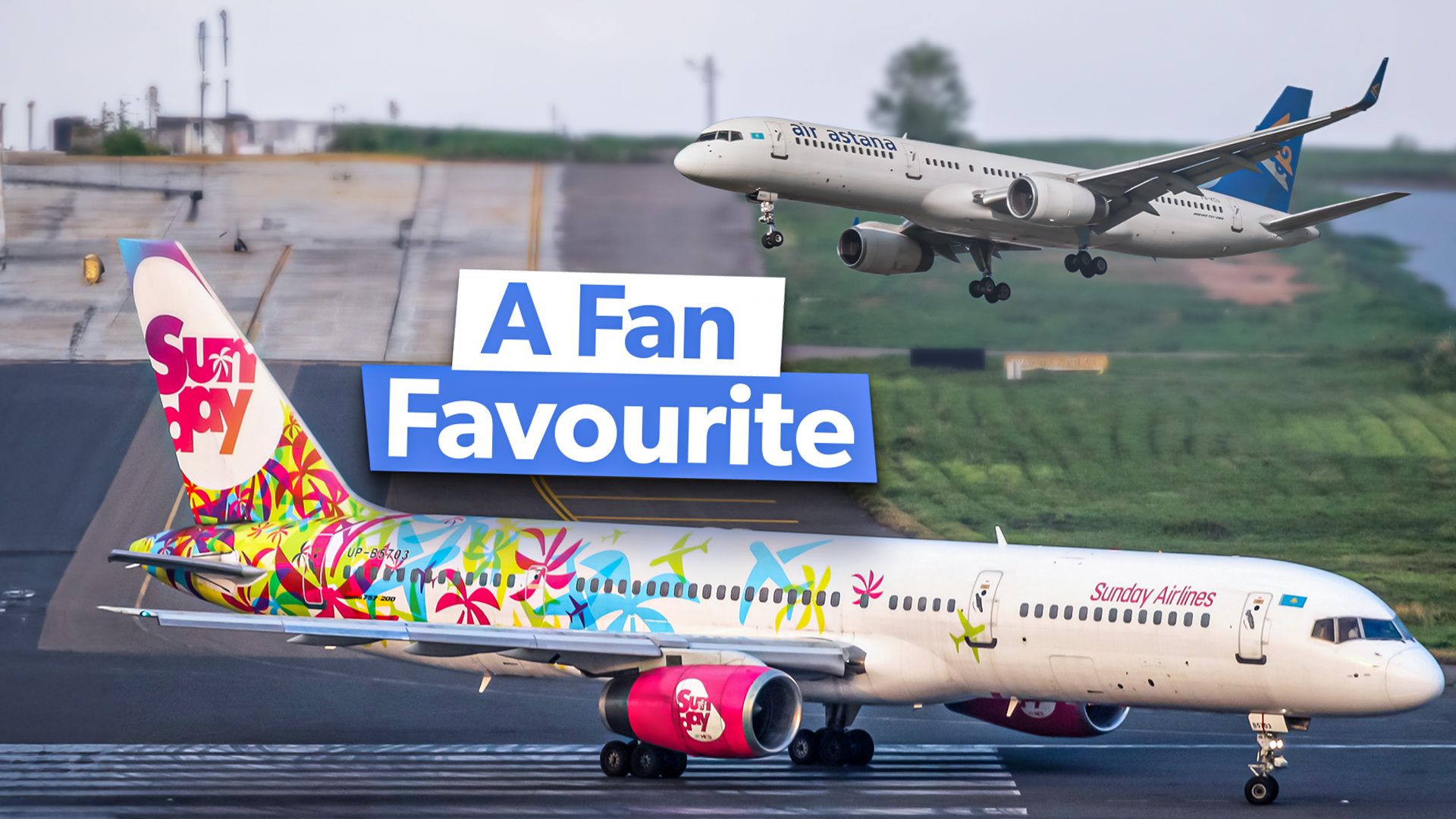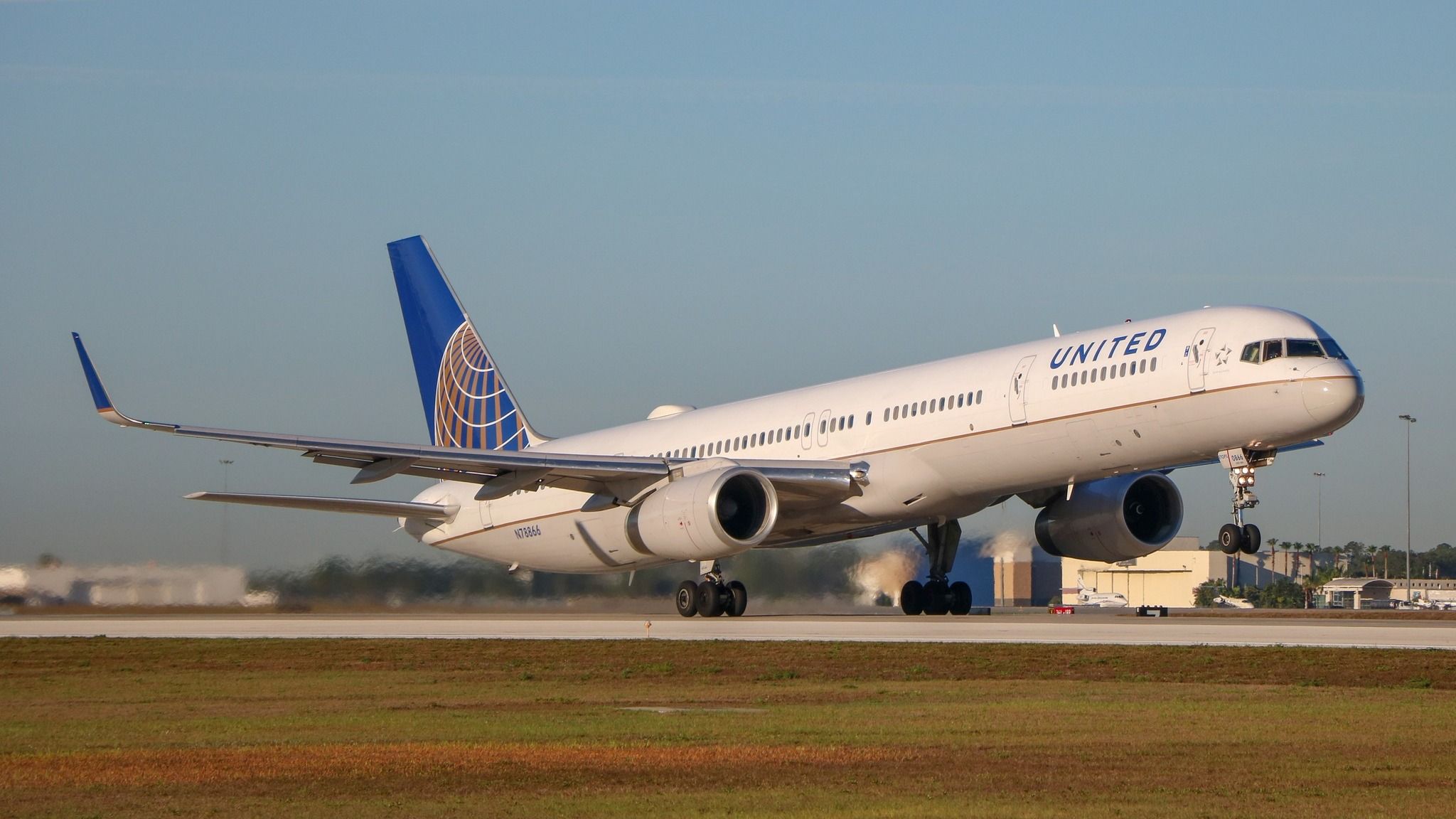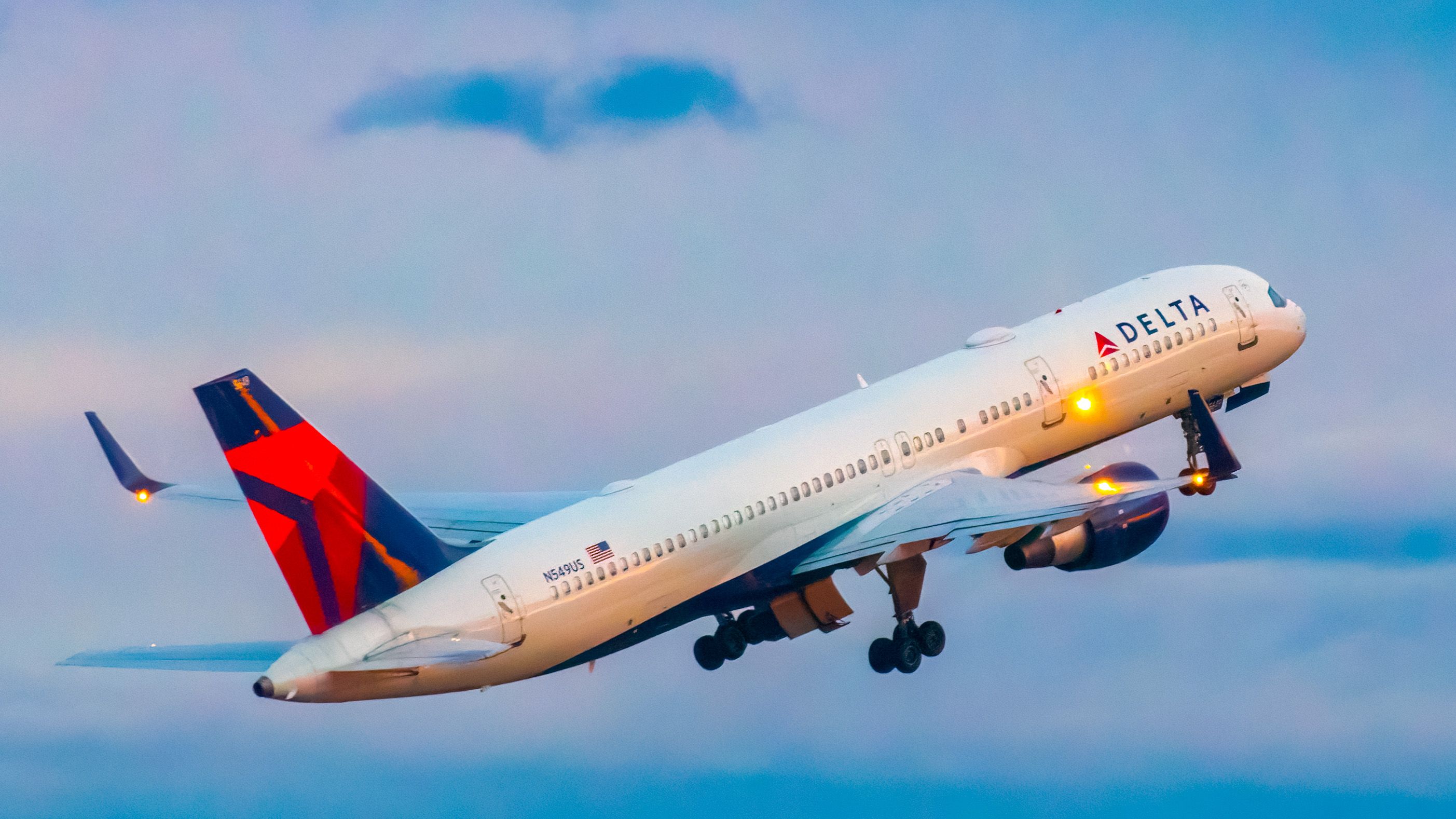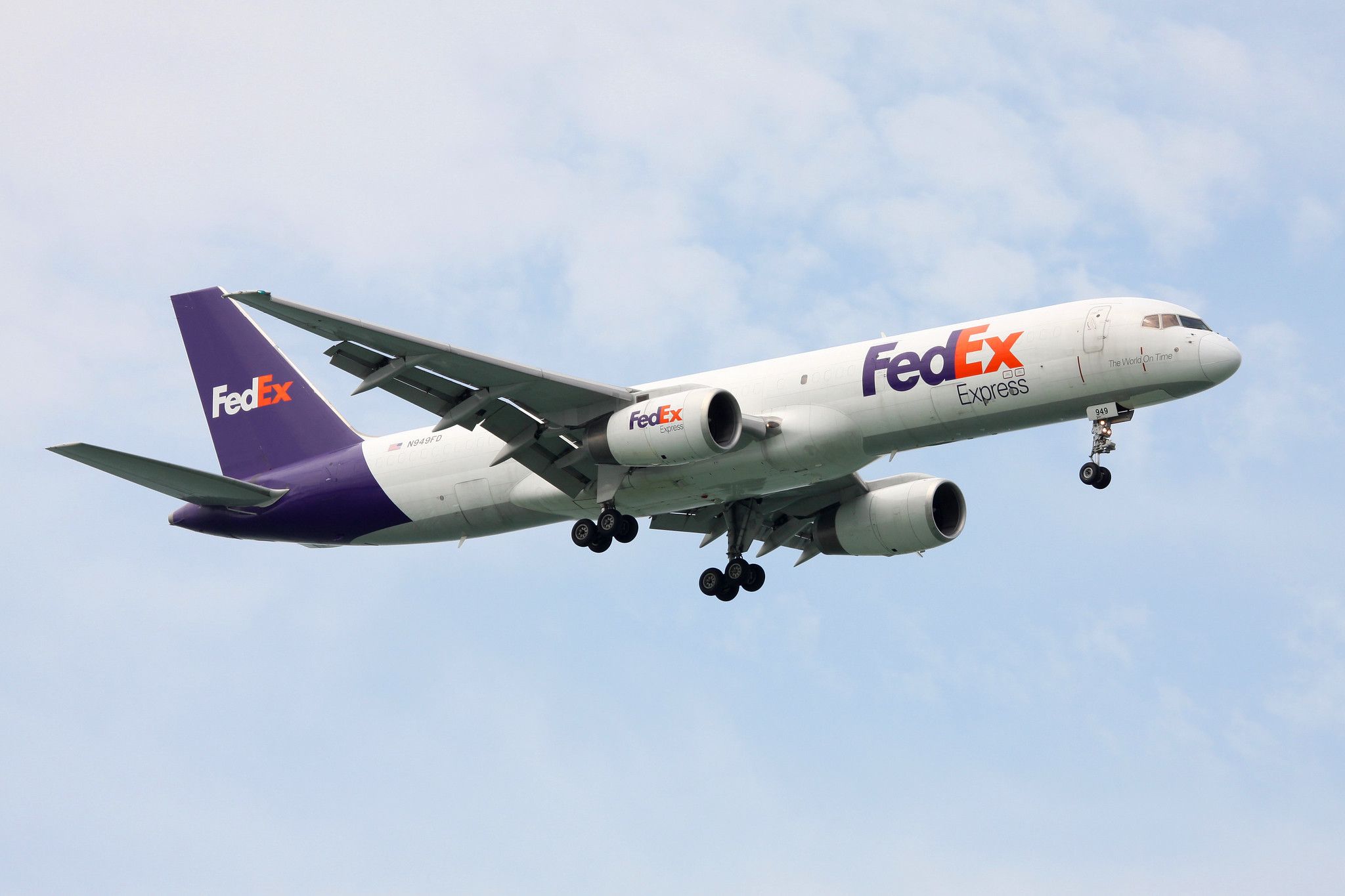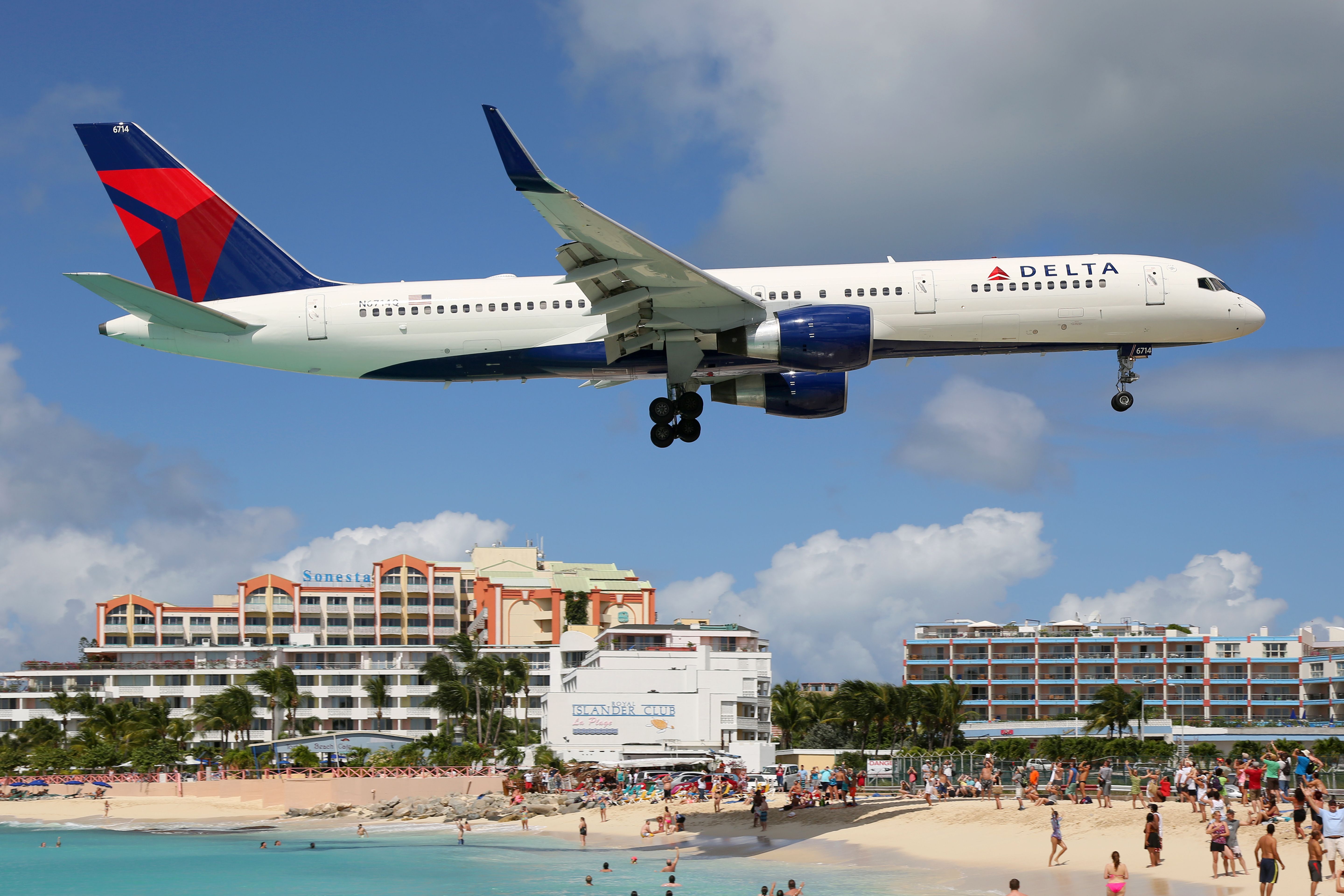Summary
- The Boeing 757’s versatility and impressive range make it popular for various routes.
- With spacious cabins and cockpit comforts, both passengers and pilots enjoy the 757.
- Airlines appreciate the 757’s cargo capacity, reliability, and durability for efficient operations.
The Boeing 757 has earned a special place in the hearts of aviation enthusiasts and industry professionals alike. Launched in the early 1980s, this versatile aircraft has stood the test of time and remains a favorite among operators around the world. In this article, we delve into the reasons why the Boeing 757 continues to enjoy widespread popularity, exploring its unique features, capabilities, and enduring appeal.
1
Versatility and range
Be it transcontinental or intercontinental
One of the key reasons behind the Boeing 757’s popularity is its exceptional versatility and impressive range. Originally designed to operate on short-to-medium routes, the 757’s range of up to 3,915 nautical miles (4,505 miles; 7,250 km) has earned the jet a reputation as a capable transcontinental and intercontinental workhorse.
Photo: Orlando International Airport
Patrick Smith, an author and Boeing 757 pilot, told Business Insider:
“There’s no denying the 757 is an old plane that was designed in the late 1970s, but the versatility of the plane is remarkable and unmatched.”
Its robust design and powerful engines enable it to traverse long distances efficiently, making it a preferred option for airlines seeking flexibility in route planning. Notably, according to Flying Mag, the 757 was one of the first aircraft types to be awarded Extended Twin-engine Operational Performance Standards (ETOPS) certification.
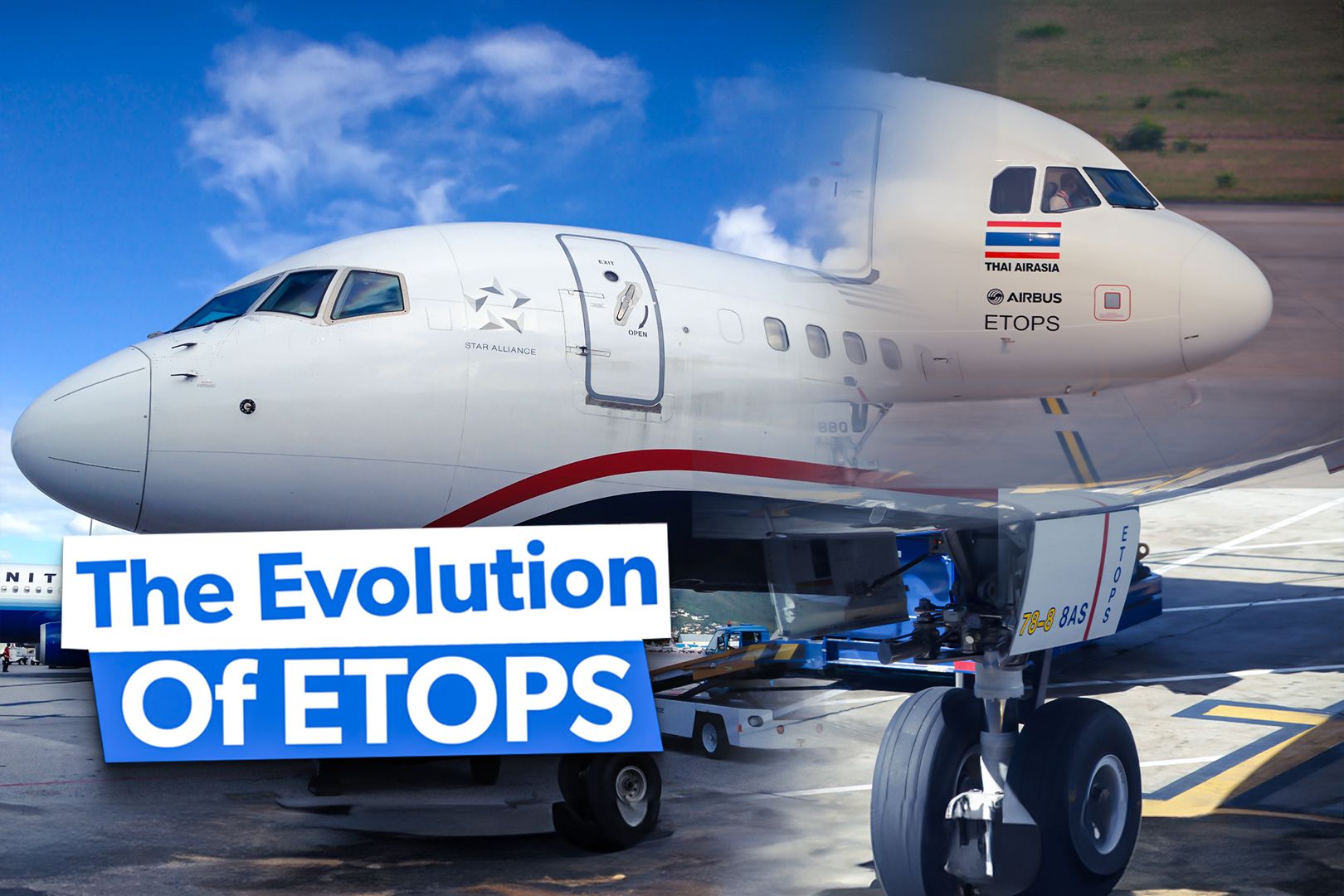
Related
What Is ETOPS & How Has It Evolved?
Humorously known as “engines turn or passengers swim”, ETOPS has changed aviation regulations along the way.
When an aircraft is ETOPS certified, it means that it has met specific safety and performance requirements to operate on routes that take it more than a certain distance away from the nearest suitable airport for diversion in case of engine failure.
The 757 can fly effortlessly between these city pairs:
- Keflavik – Portland (3,738 miles; 6,016 km)
- Chicago – Edinburgh (3,712 miles; 5,974 km)
- Newark – Brussels (3,681 miles; 5,924 km)
- Newark – Malaga (3,676 miles; 5,916 km)
2
Impressive size
… and excellent passenger comfort
For a narrowbody, the 757 looks (and feels) surprisingly large. Per the US Federal Aviation Administration (FAA), it can accommodate:
|
Variant |
Maximum capacity |
|
757-200 |
One class: 239 passengers / two classes: 200 passengers |
|
757-300 |
One class: 295 passengers / two classes: 243 passengers |
With its spacious cabin layout and well-designed interiors, the aircraft offers a comfortable and enjoyable flying experience for travelers. Passenger comfort is paramount in the aviation industry, and the 757, without a doubt, excels in this regard.
Photo: Joe Kunzler | Simple Flying
Furthermore, from an operational perspective, the jet offers a larger size and more range compared to typical narrowbody jets, yet remains smaller and more cost-effective to fly than widebody aircraft.
3
Comfortable cockpit
Like passengers, pilots love the 757
While passengers get to enjoy the spacious cabin interior of the 757, pilots on the flight deck are also treated to a roomy and comfortable space. This is thanks to the maximum fuselage diameter being carrier forward to the low-slung nose of the aircraft, per Flying Mag.
The 757 flight deck’s features and capabilities include:
- Dual GPS
- Triple ring-laser gyro Inertial Reference System (IRS)
- Dual Flight Management Systems
- Triple-channel autopilot with Cat IIIB Autoland
- Vertical Navigation (VNAV) and Area Navigation (RNAV)
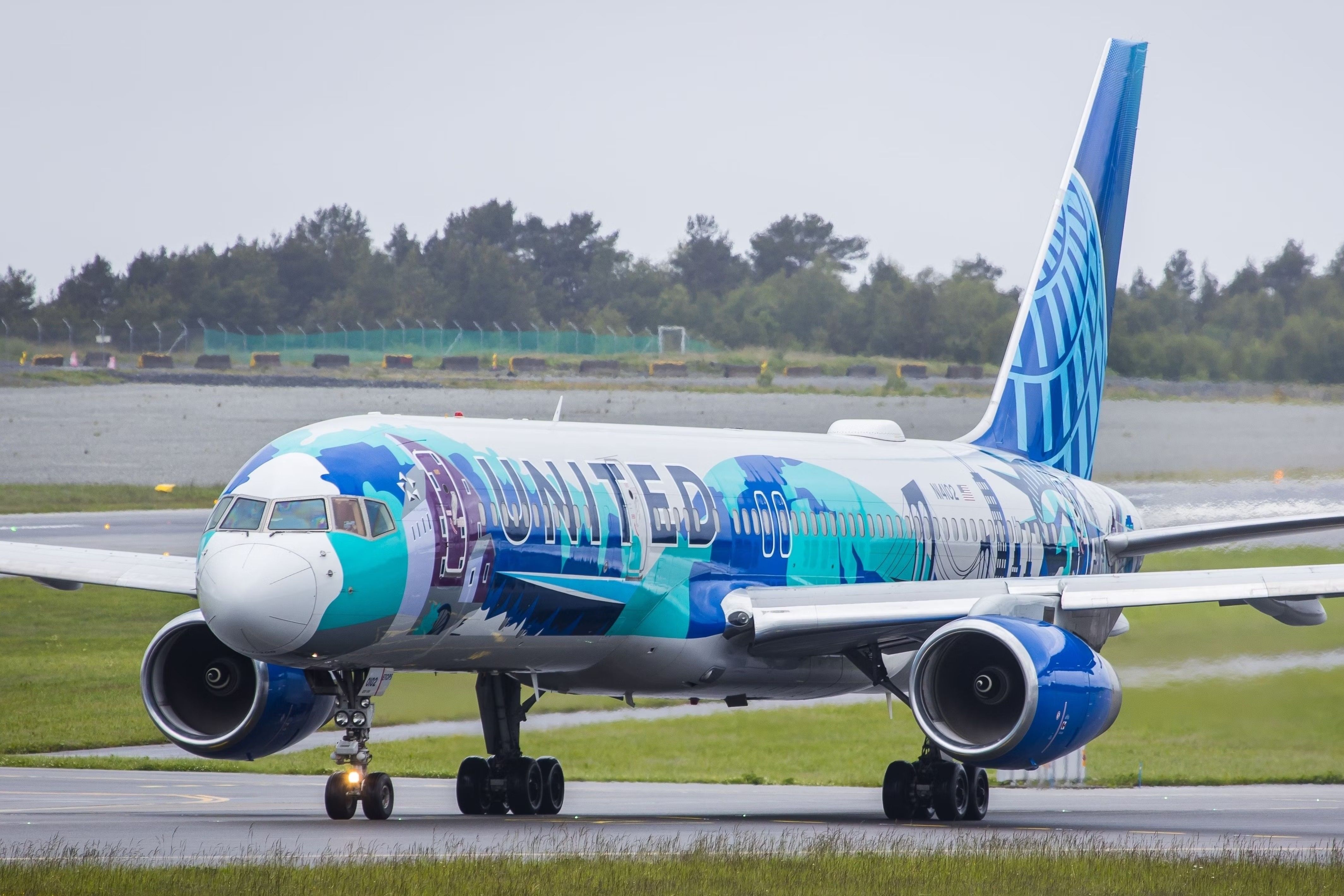
Related
Up To 8h 40m: The World’s Longest Boeing 757 Flights This Summer
Which services do you think made the cut?
That said, the 757’s flight deck may seem a little outdated compared to full-glass cockpits – and had Boeing revamped the cockpit, the 757 might be even more popular than it already is today.
4
Cargo capacity
It’s not just passengers and pilots – airlines love the 757 too
In addition to its passenger-carrying capabilities, operators love the 757 for its generous cargo capacity. The aircraft features a spacious cargo hold that can accommodate a significant volume of freight and luggage, making it an ideal choice for both passenger and cargo operations.
Airlines leverage this versatility to optimize revenue potential by transporting a combination of passengers and cargo on the same flight, maximizing profitability and operational efficiency.
The 757 comes in two passenger variants, the 757-200 and 757-300, and one freighter variant, the 757-200F (the ‘F’ denotes ‘Freighter’).
|
Variant |
757-200 |
757-200F |
757-300 |
|
Cargo volume |
1,670 cu ft (47.3 m3) |
6,600 cu ft (187 m3) |
2,370 cu ft (61.7 m3) |
|
Maximum payload |
57,160 lb (25,920 kg) |
84,420 lb (38,290 kg) |
68,140 lb (30,910 kg) |
5
Reliability and durability
Still going strong after more than four decades
Last but not least, the 757 is celebrated for its reliability and durability, traits that have earned it a stellar reputation among airlines worldwide. Built to withstand the rigors of commercial air travel, the 757 has proven itself as a robust and dependable workhorse over the years.
Photo: Markus Mainka | Shutterstock
Its solid construction ensures that the aircraft remains operational and airworthy even after decades of service, instilling confidence in both operators and passengers alike.
Therefore, it’s no wonder that, more than 41 years since the 757 first entered commercial service (with Eastern Air Lines), the aircraft continues to maintain its popularity. The primary users of the 757 include:
|
Operator |
Number of 757s in service (per ch-aviation) |
|
Delta Air Lines |
122 |
|
FedEx Express |
84 |
|
United Airlines |
57 |

Related
Top 5: A Look At Delta Air Lines’ Top Routes With The Boeing 757-300
These are some of the most popular domestic routes in the United States.
In conclusion, the Boeing 757 stands out as a much-loved and highly respected aircraft in the aviation industry. Its versatility, size, passenger and pilot comfort, cargo capacity, reliability, and durability make it a preferred choice for airlines seeking a dependable and cost-effective solution for their fleet operations. As the aviation landscape continues to evolve, the Boeing 757’s enduring popularity underscores its status as a true classic in commercial aviation history.

